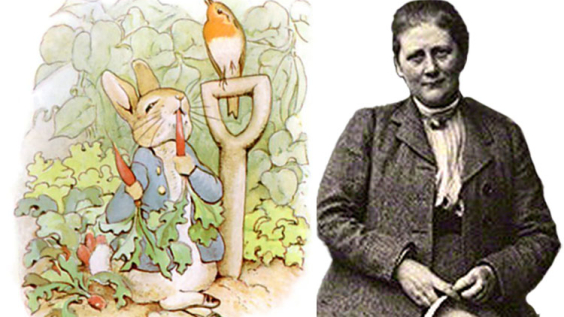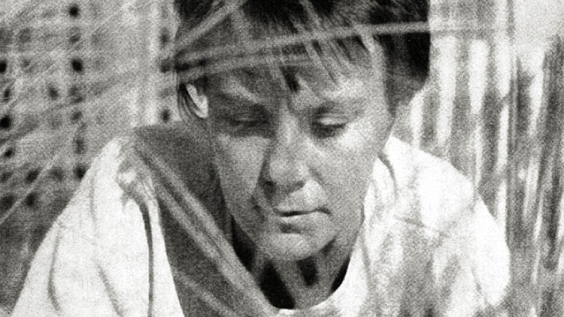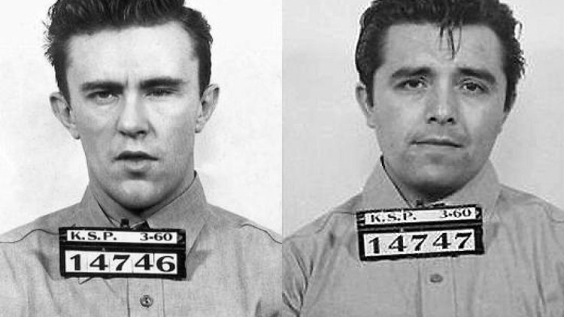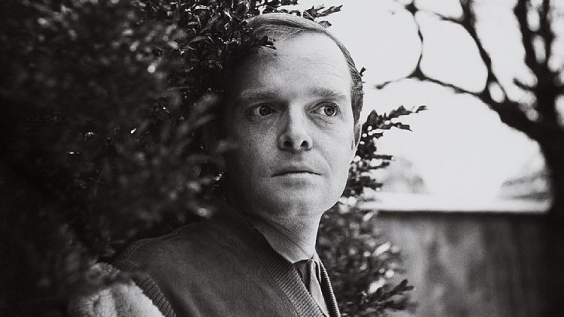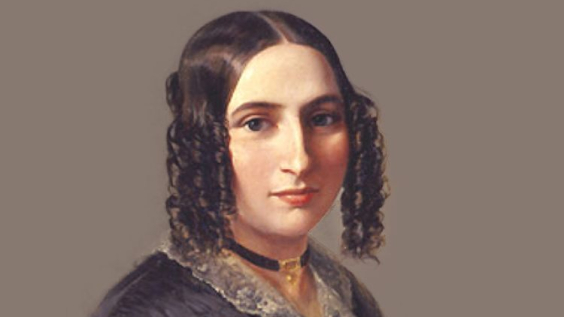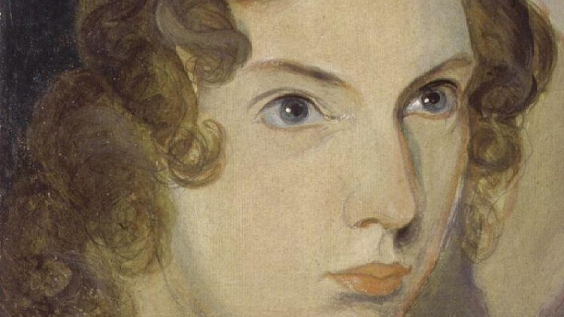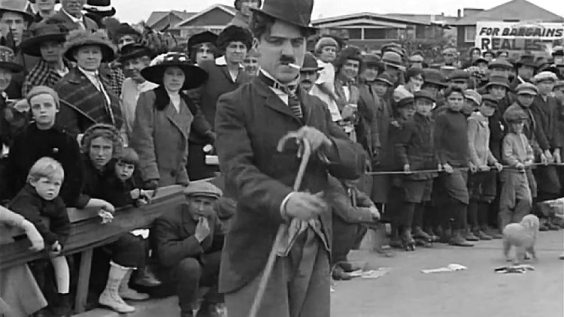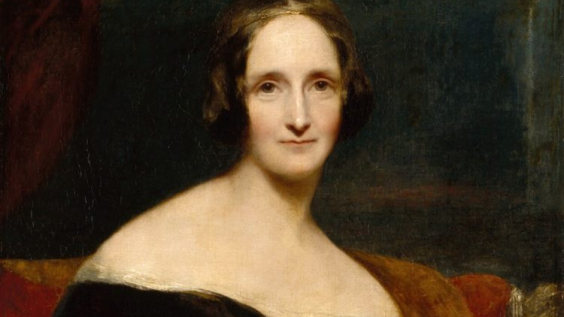
Written by Adolf Hitler while imprisoned in 1924, the two volumes of Mein Kampf (My Struggle) comprise the most contentious and divisive book of the twentieth century. Over the course of its existence, the text’s reputation has varied from hugely popular – it was once compulsory issue to German citizens – to globally reviled and widely banned, censored or not widely available.
So what exactly does the book contain, and why is it so controversial?
Hitler dictated it in prison
Hitler wrote Mein Kampf during his internment in Landsberg am Lech Prison, Germany. He dictated all of it to another Nazi Party member interred with him, his deputy Rudolph Hess.
This précis of the preface gives a good summary of its contents and tone of the novel:
ON APRIL I, 1924, because of the sentence handed down by the People’s Court of Munich, I had to begin that day, serving my term in the fortress at Landsberg on the Lech.
Thus, after years of uninterrupted work, I resolved not only to set forth, in two volumes, the object of our movement, but also to draw a picture of its development.
That also gave me the opportunity to describe my own development, as far as this is necessary for the understanding of the first as well as the second volume, and which may serve to destroy the evil legends created about my person by the Jewish press.
I know that one is able to win people far more by the spoken than by the written word, and that every great movement on this globe owes its rise to the great speakers and not to the great writers.
Nevertheless, the basic elements of a doctrine must be set down in permanent form in order that it may be represented in the same way and in unity. In this connection these two volumes should serve as building stones which I add to our common work.
The text was given a Bible-like status
Following his installation as Chancellor in 1933, the book became an almost sacred work. A copy was to be found and displayed in every household, and it was traditional to keep it inside a wooden box carved with oak leaves. Every couple who got married were given a copy by the state along with their signed marriage certificate.
 Listen Now
Listen NowThere was also a condensed version of both volumes in one book. During the war years, every soldier was given a compact and abridged copy as part of his kit, and was expected to use it as a source of inspiration and motivation. Over 10 million copies were bought, sold or given out in Germany during World War Two.
The best overview of the book is from the list of chapters. Volume one is autobiographical, outlining Hitler’s personal journey which led to his beliefs. Volume two is forward looking and sets out his dream for the perfect Germany and people.
The Nazi doctrine of ‘Ubermench’
Mein Kampf contains Hitler’s detailed thoughts about racial differences of people and their proposed value or lack of value to the German nation. It also contains instructions for how children are to be schooled, the duties of a good German wife, and instructions for the attainment of the perfect German man in health, fitness, education and duty to the NSDAP Party.

Hitler and Braun had known each other for 17 years before marrying on 29 April 1945. Image credit: Public Domain, via Wikimedia Commons
Each Chapter is subdivided into subjects of about three pages each, the titles of which reveal Germany’s journey into and through the war years. Here are some examples of instantly recognisable Nazi doctrine, which covers around 40 pages of the text.
German copyright expired after 70 years
German Copyright of Mein Kampf had been held by the state of Bavaria for 70 years. They had prohibited it from being reissued; however, this ownership ended on 31 December 2015, and it is now unprotected by any copyright law.
Germany’s Institute for Contemporary History decided to republish it in January 2016. It was published in a 2,000-page heavily annotated version which includes a critical commentary, in contrast to the original 700-page edition. The decision to republish the text proved highly controversial.



